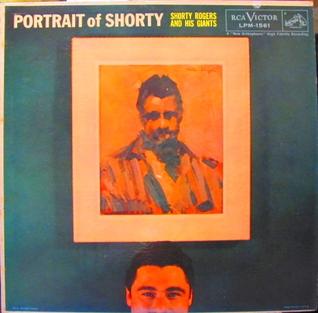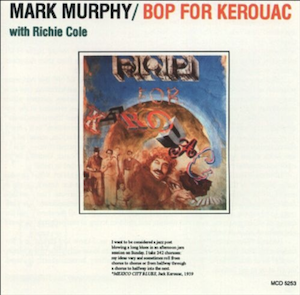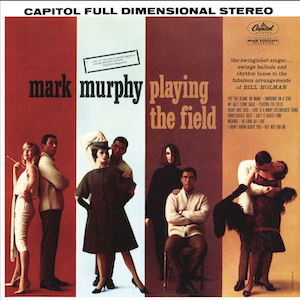
Frank Rosolino was an American jazz trombonist.
James George Hunter, known professionally as Jimmy Rowles, was an American jazz pianist, vocalist, and composer. As a bandleader and accompanist, he explored multiple styles including swing and cool jazz.

Pete Candoli was an American jazz trumpeter. He played with the big bands of Woody Herman and Stan Kenton and worked in the studios of the recording and television industries.

Mark Howe Murphy was an American jazz singer based at various times in New York City, Los Angeles, London, and San Francisco. He recorded 51 albums under his own name during his lifetime and was principally known for his innovative vocal improvisations. He was the recipient of the 1996, 1997, 2000, and 2001 Down Beat magazine readers' jazz poll for Best Male Vocalist and was also nominated five times for the Grammy Award for Best Vocal Jazz Performance. He wrote lyrics to the jazz tunes "Stolen Moments" and "Red Clay".

Richie Kamuca was an American jazz tenor saxophonist.
William Reese Perkins was an American cool jazz saxophonist and flutist, popular on the West Coast jazz scene, known primarily as a tenor saxophonist.
Joe Mondragon was an American jazz bassist.

Willis Leonard Holman was an American composer, arranger, conductor, saxophonist, and songwriter working in jazz and traditional pop. His career spanned over seven decades, starting with the Charlie Barnet orchestra in 1950.

Something Cool is the debut solo album by June Christy, released on Capitol Records first as a 10-inch LP of seven selections in August of 1954, and then as a 12-inch LP of eleven selections the following August, both times in monophonic sound. The original seven selections for the 1954 release were recorded over seven sessions from August of 1953 through March of 1954, with the additional four for the 1955 issue from four additional sessions in December of 1954 as well as May and June of 1955, with arrangements for all sessions written and conducted by Pete Rugolo. Her saxophonist husband, Bob Cooper, also played on many of these sessions. In April of 1960, Christy and Rugolo re-recorded all 11 selections in stereophonic sound, so that a stereo version of Something Cool could be issued. For many years, this re-recorded version of the album was the only one commercially available.

Big Band Specials is a 1962 album by June Christy, with tracks arranged by Bill Holman, Shorty Rogers and husband Bob Cooper.

City of Glass, an album originally issued as a 10" LP by Stan Kenton, consists entirely of the music of Bob Graettinger. The original album has been reconstituted in different LP re-issues, and the entire set of Kenton/Graettinger Capitol Records sessions is on the digital CD City of Glass.

Portrait of Shorty is an album by American jazz trumpeter composer and arranger Shorty Rogers which was released on the RCA Victor label in 1958.

Chances Are It Swings is an album by American jazz trumpeter and arranger Shorty Rogers performing compositions by Robert Allen which was released on the RCA Victor label in 1959.

Sketches on Standards is an album by pianist and bandleader Stan Kenton featuring performances of jazz standards recorded in 1953 and originally released on the Capitol label as a 10-inch LP.

The Swingin' Nutcracker is a 1960 RCA Victor album by American jazz trumpeter and arranger Shorty Rogers performing compositions adapted from The Nutcracker by Pyotr Ilyich Tchaikovsky.

Bop for Kerouac is a 1981 studio album by Mark Murphy.

Some Time Ago is the 37th album by American jazz vocalist Mark Murphy. It was recorded in 1999 when Murphy was 68 years old and released by the HighNote Records label in the United States in 2000. The album is a collection of jazz bebop tunes and standards with Murphy backed by a jazz quintet.

Playing the Field is a studio album by Mark Murphy.

Mark Murphy's Hip Parade is a studio album by Mark Murphy.

The Best of Mark Murphy: The Capitol Years is a compilation of selected highlights of singer Mark Murphy's recordings for the Capitol Records label. It was released in 1997.

















